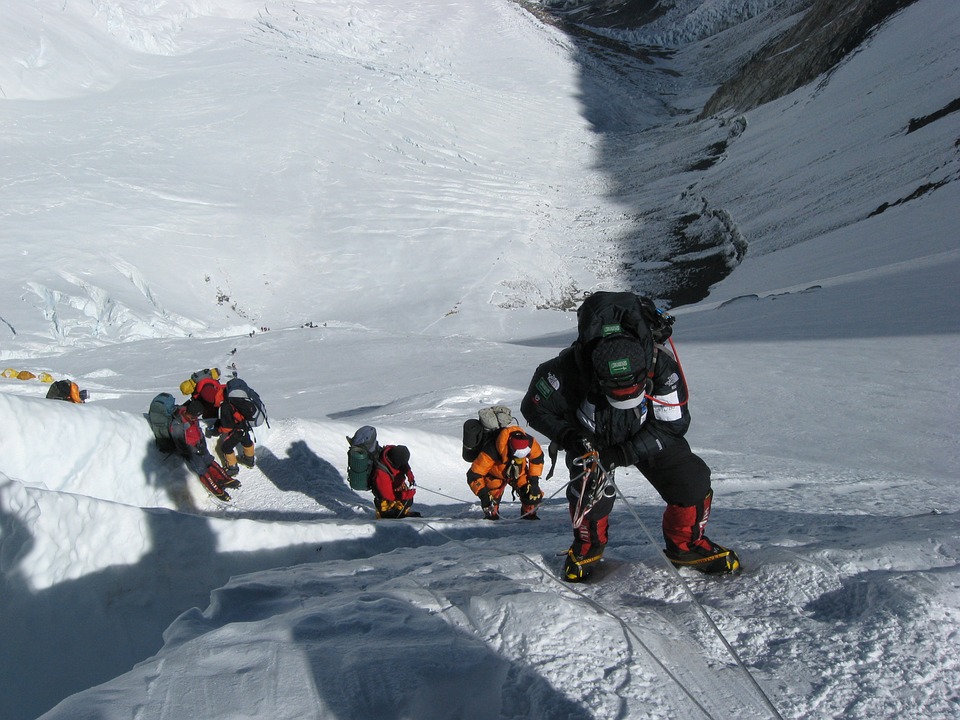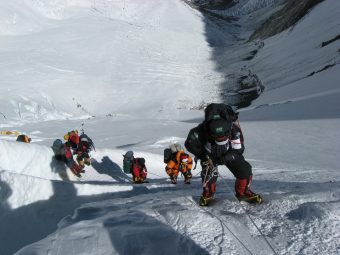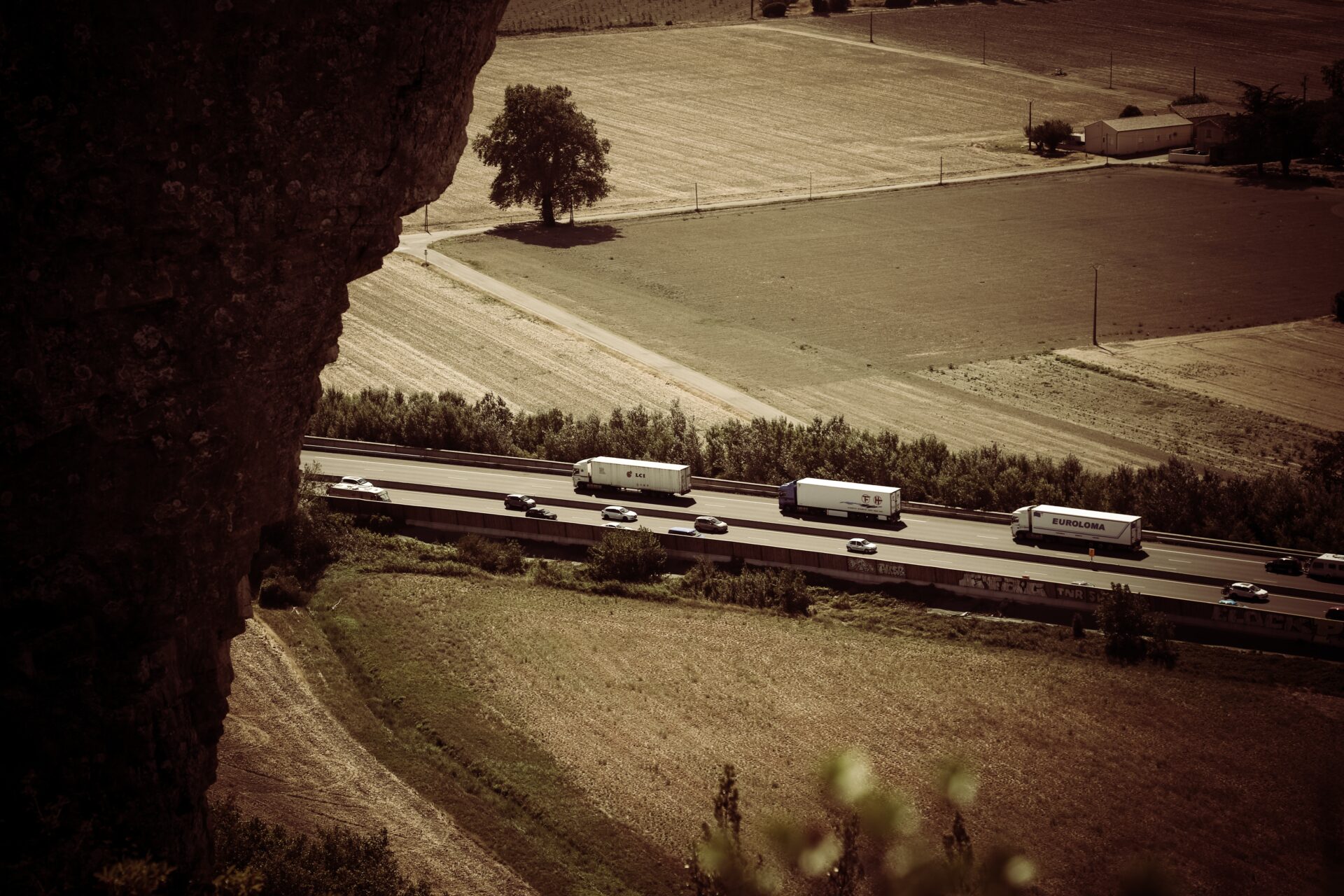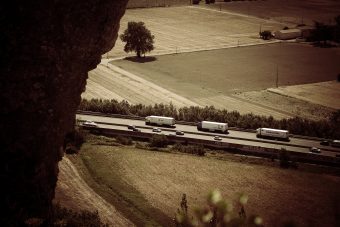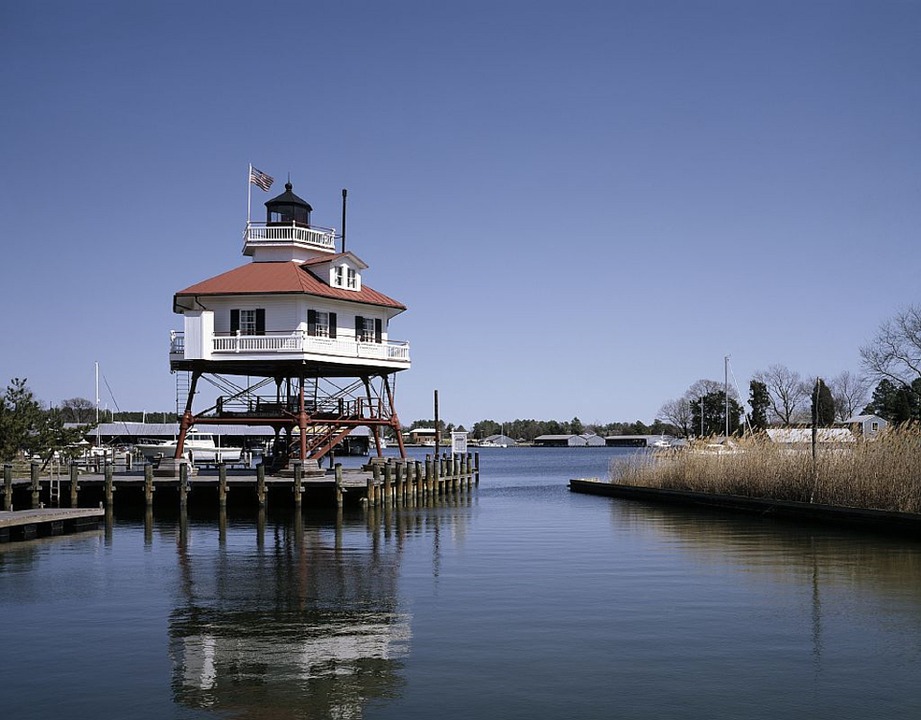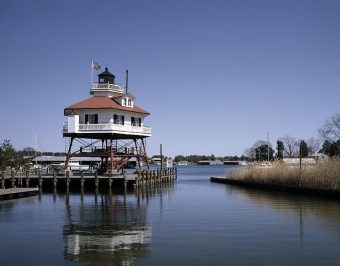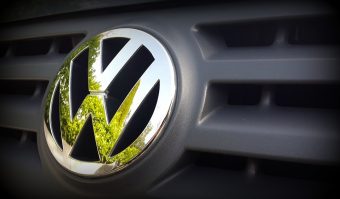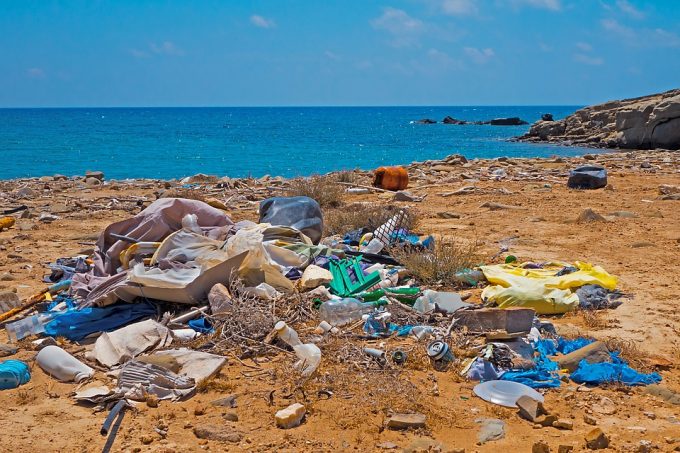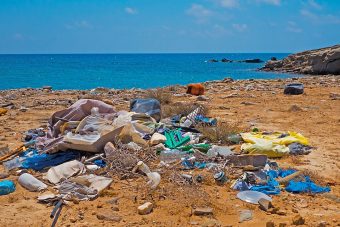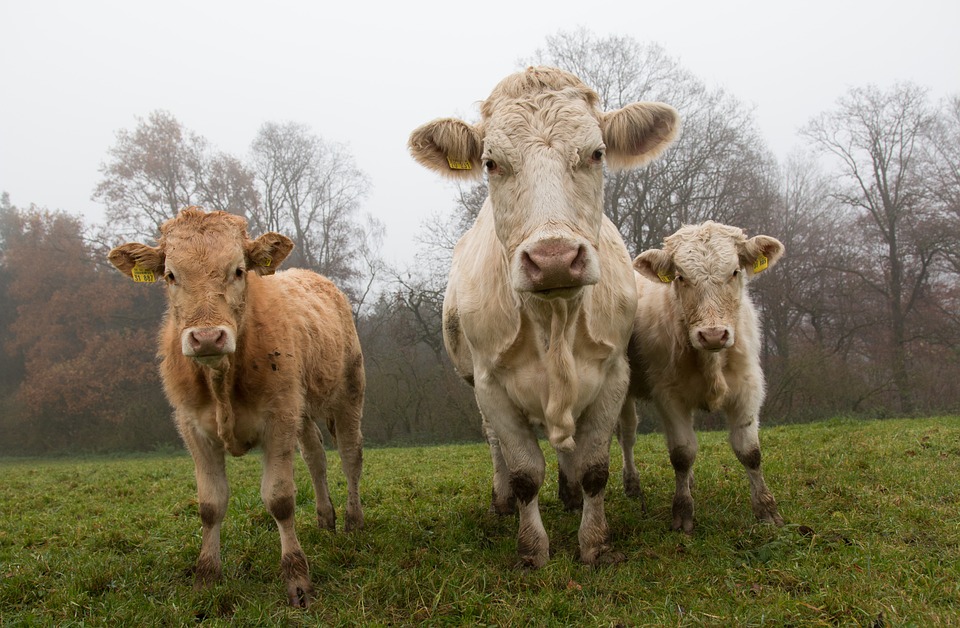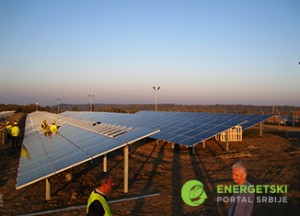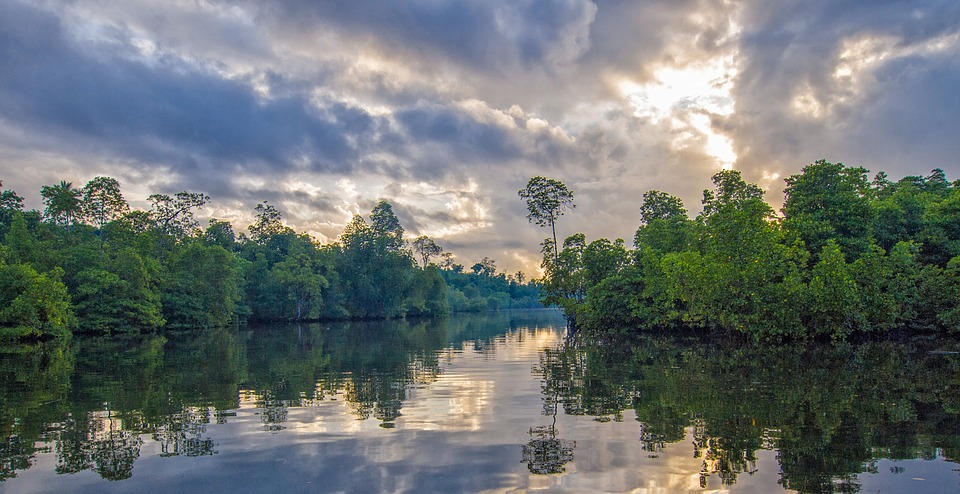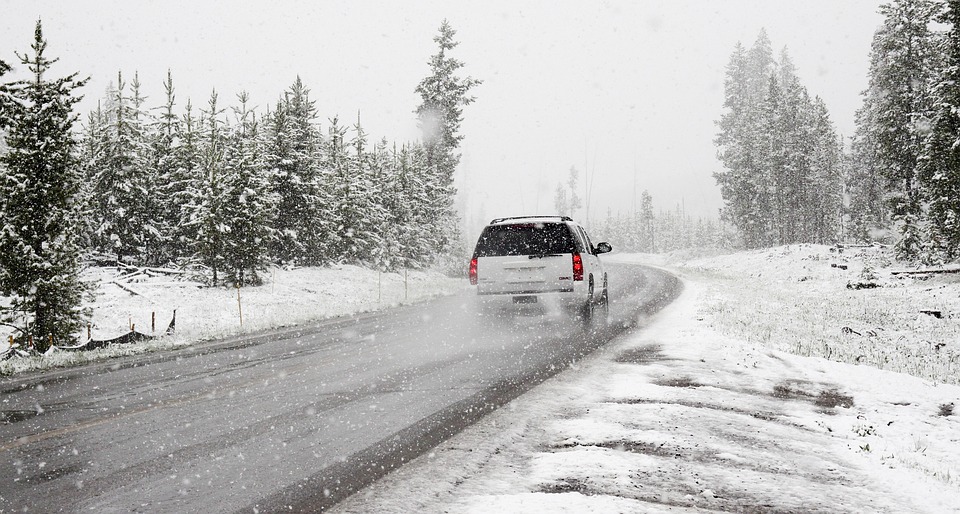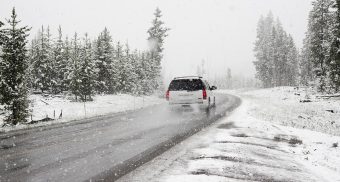
In the ongoing dialogue surrounding water consumption and saving water, the length of your shower, how you water your yard and even your toothbrush usage probably come up. But there is another water-thirsty activity that should be added to the discussion — hair washing. Think about it. Daily shampooing by billions of people is destined to strain resources. So taking a moment to consider the ways you can cut back on the suds, the water and the money going down the drain can be the best way to help the environment.
Frequency
Your hairdresser recommends washing your hair twice daily, often followed by using a conditioner. Between the energy and water consumed, that’s a big hair care footprint. In addition to shorter showers, consider cutting back the frequency of your hair washing to every other day or even a few times each week. Dry shampoo and leave-in conditioner can help provide the look and feel you’re used to in between washings. Specially formulated to omit the use of water altogether, dry shampoo is a quick and easy way to get out the door faster without wasting time and water in the shower. Leave-in conditioner can keep the frizzies at bay with a expedited and no-water-required application.
Hot water reduction
Heating water is a major household expense and we’re often paying for a service we don’t need, such as washing clothes in hot water that will be just as clean in a cold wash. When it comes to hair washing, consider turning down the heat a bit in favor of cost savings. Of course, slashing your time in the shower will not only save on water-heating costs, but water consumption costs as well. Even better than turning the shower down is turning it off in between wetting your hair and rinsing out the shampoo. For greater results, adopt a less rigid hair-washing schedule altogether.
Product consumption
While we’re on the conversation of conservation, give a little thought to the amount of hair products you’re using as well. Try cutting back on the amount you apply, since most people use a much larger amount than they need. This not only helps minimize the shampoo that heads down the drain, but offers cost savings too.
Water conservation
If you’re already cutting back on shower time, think of other ways you can conserve the water you use in your shower. After all, you wouldn’t be the first person to collect your sudsy runoff in a bucket as you bathe. As long as your hair products are earth friendly, the water you collect can be used to water plants, wash animals or irrigate the lawn.
Also look into low-flow shower heads that either restrict the flow of water coming out or force air through the shower head so it feels like you’re getting a full stream with only half the water usage. While we’re on the topic of showers, they are almost always a better choice for the planet than baths. An average 10-minute shower uses around 20-25 gallons while a bath averages 35-50 gallons.
Outside the home
While your morning ritual is likely the culprit for most of your excess hair-washing water consumption, also implement a plan for when you are away from home. Conserving water at the hotel or the gym is still saving water, so keep it up when you’re out. Also, start a dialogue with your hairdresser who’s likely had the conversation before. Ask what he or she is doing to minimize water consumption and resources (think about how many heads get washed each day.) Yes, it might feel like you’re breaking some sort of code to head to the stylist without washing first, but if they are going to do it anyway, there’s no reason to wash twice. Alternately, wash at home and ask them to wet with a spray bottle instead of a full wash during your cut.
Types of hair products
More and more products are finding their way into the market that aim to satisfy the growing consumer desire for no-water, all-natural solutions to hair care. Remember that all those suds head straight down the drain and into the local water system, so choose non-toxic shampoos and conditioners that are biodegradable. Do it for the fishies and for the purity of the water your family drinks. While biodegradable products are better for the environment, remember that they are also better for you. Your scalp is skin, after all, and skin is the biggest organ in your body. With a high absorption rate, your skin takes in all kinds of chemicals and toxins in daily life. Don’t let your hair products be one of them.
In addition to the ingredient list, look at the packaging of your shampoo and conditioner. Use an all-in-one product instead of separate ones to automatically cut plastic waste in half. Better yet, find a refillable option for serious waste-reduction points.
There are a host of alternate products that can also aid in the clean-hair goal both in and out of the shower. Many people find success with natural products like apple cider vinegar, baking soda, lemon juice and clay. Baby powder can also work as a dry shampoo in a pinch.
Source: Inhabitat




